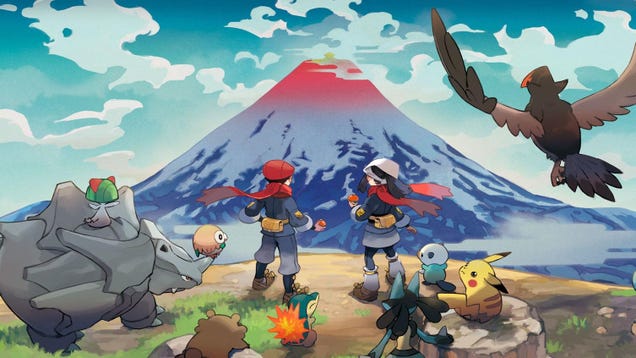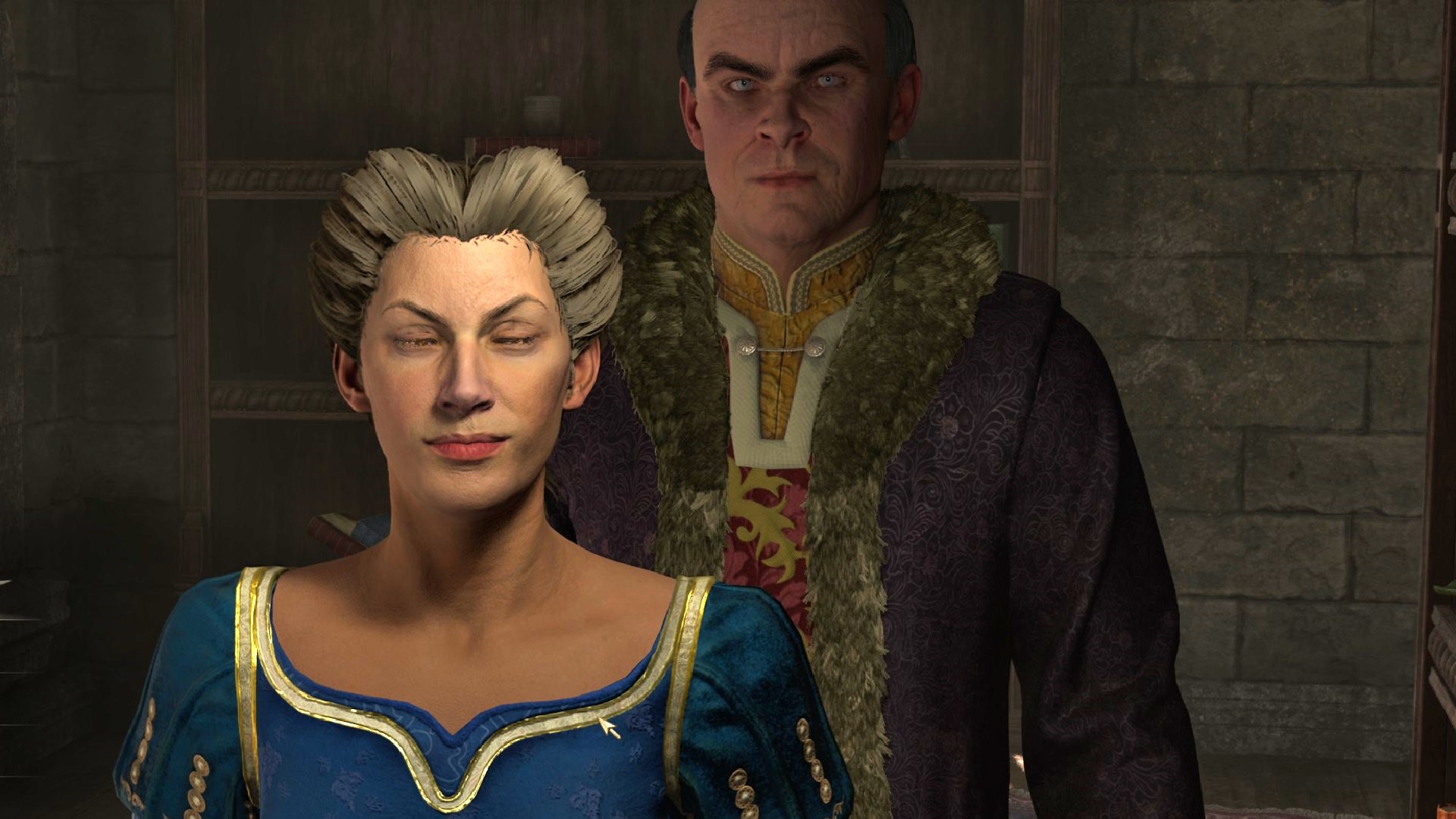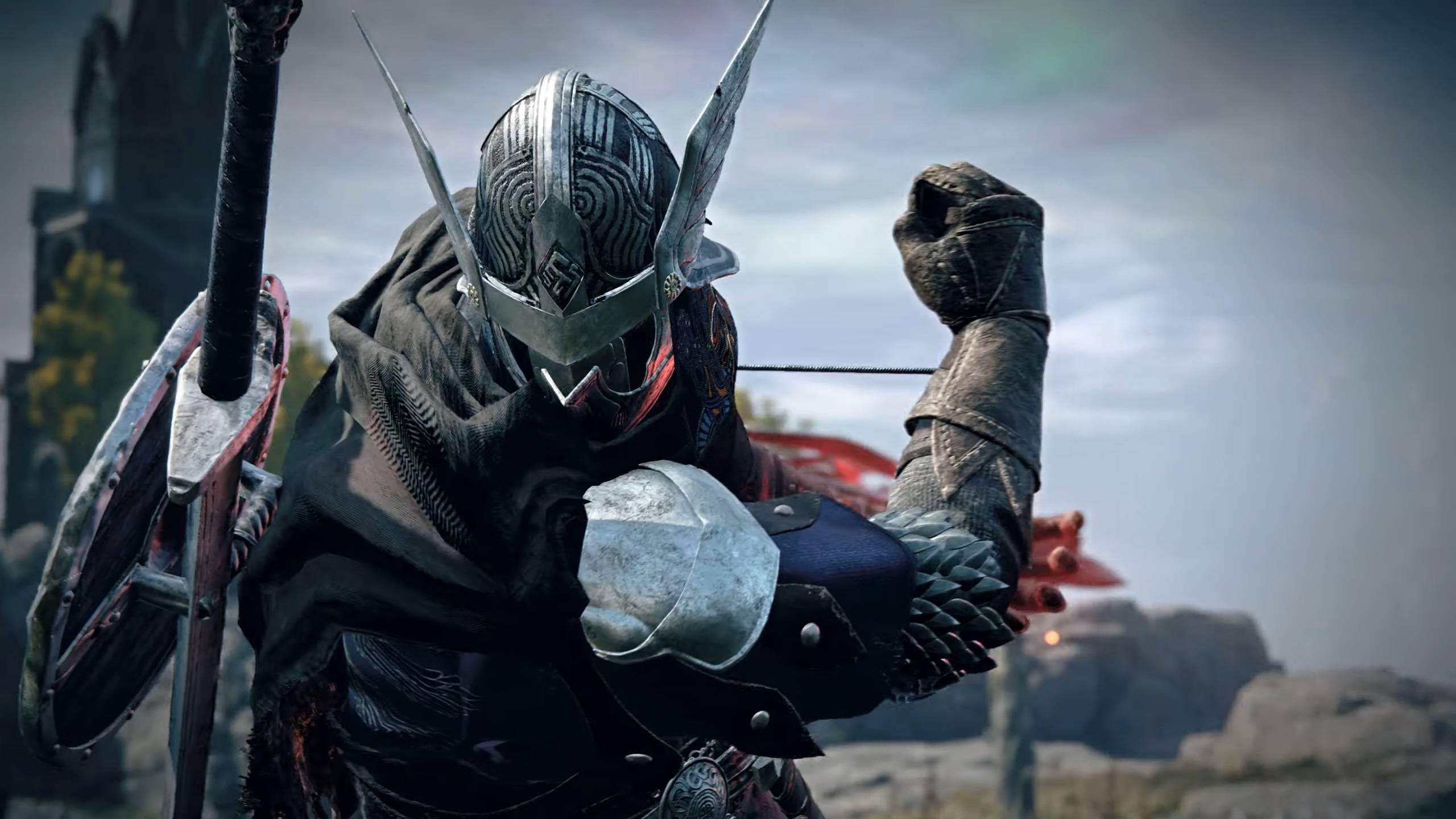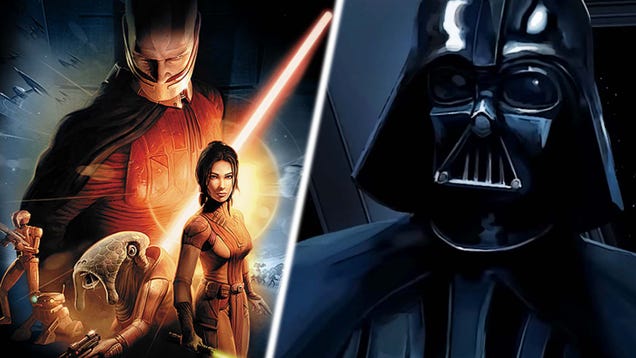
The Ramayana and Mahabharata – two celebrated Hindu epics – might soon get the video game treatment in India. A task force set up to advise the Union information and Broadcasting Ministry of India suggested that new ways of consuming Indian mythology through animation, visual effects, gaming and comic (AVGC) sector should be adopted.
This is part of a broader strategy from the task force to make use of the Indian studios in this sector to develop their own games. The ministry has also suggested that a pool of mentors be established to help develop these games. The task force also looked at popular mainstream movies like Baahubali and Sholay as inspirations for video game narratives which – alongside adaptations of other historic Indian literature – they think could appeal to an international audience.
The recommendations made by the task force were included in a report. Here is an extract:
“Epics such as Ramayana and Mahabharata have already seen great success as television shows. Games based on such epics have the potential to transform India into a hub of MMORPGs (online role-playing video games) which have seen great success in the international market.”
Indian Studios Think On Their Feet After Chinese Game Bans
In recent years, the banning of video games developed by Chinese studios in India has opened a window of opportunity for Indian video game studios.
The ban of Chinese video games hadn’t gone down well with most of the video game audience, of course. Many esports players have depended on games like PUBG as a source of income before the ban, and alternatives had to be found quickly.
India’s population makes it a market for video games on most devices, but especially on mobile devices. There was a real boom in gaming after 2016 when mobile data prices saw a huge price drop. A game based on Indian mythology seems to work on many levels, and could spring a whole new sub-industry.
After popular games like PUBG were banned in India, several domestic replacements had surfaced; and although they didn’t hit the scales of the global games they replaced, they did show that Indian studios are aware and actively trying to fill a gap.
The Ramayana And Mahabharata Have Found Success In Other Mediums
The dramatization of the great Indian epics through television have mostly been successful over the years. However, there haven’t been too many reimaginations of Indian mythology in video games.
This is peculiar given that mythologies from different parts of the world have been a great source of inspiration for some of the best video games of all time. The popular God of War series, which will have its latest installment releasing next month, is set in the Greek and Norse pantheon. Okami, the action-adventure video game set in classical Japan, sees the player take on the role of Amaterasu, the Japanese sun goddess, and is widely considered one of the greatest games of the last 20 years.
Domestic Studios Crucial When It Comes To Cultural Sensitivity
One of the more delicate issues with an adaptation of the Ramayana or Mahabharata is that it is a sensitive subject for the general Indian populace. Even with retellings of Indian history, mythology, and folklore in media like films, the screenings are never short of controversy.
The chances of this happening are less likely when developed locally, and under the guidance of something like a government task force, but the creative process might be suppressed because of such supervision – it’s a difficult balancing act. The premise, however, is encouraging for Indian game developers, and funding might be a lot easier to obtain when encouraged by a central figure.








